- Have any questions?
- +86-189 8930 5995
- sales@mosinterchem.com.cn
Octreotide CAS 79517-01-4

Flumazenil CAS 78755-81-4
06/12/2018
Temozolomide CAS 85622-93-1
06/12/2018| Model: | MOS 79517-01-4 |
| Place of Origin: | Zhejiang,China (Mainland) |
| Brand: | MOSINTER |
| Molecular Formul: | C49H66N10O10S2 |
| Molecular Weight: | 1019.24 |
| Boiling point: | 1447.2°C at 760 mmHg |
| CAS: | 79517-01-4 |
| Mp: | 193-204°C (dec) |
| Flash point: | 829.1°C |
| Vapour Pressur: | 0mmHg at 25°C |
Octreotide (CAS: 79517-01-4)
| Mp: | 153-156°C |
| Molecular Formula: | C49H66N10O10S2 |
| Molecular Weight: | 1019.24 |
| CAS Registry Number: | 79517-01-4 |
| Boiling point: | 1447.2°C at 760 mmHg |
| Flash point: | 829.1°C |
| Vapour Pressur: | 0mmHg at 25°C |
Digestive system administration
Octreotide is a digestive system medicine, is a kind of artificial synthetic
octapeptide ring compounds, as natural somatostatin congeners, with the
pharmacological activity of natural somatostatin, and have a long-lasting
effect (the half-life is 1.5 hours, and natural somatostatin for 2 to 3 minutes).
The chemical structure of the product first, 4, 8 amino acids for non natural amino acids, it is
not easy to damage by enzymes, half life is also longer. Subcutaneous injection of this product
absorbs quickly and completely, the blood concentration of the drug reaches the peak time is 0.5
hours, the distribution volume is 0.27L/kg, the half-life is 1.5 hours, the metabolic clearance rate
is 160ml/min. Double phase elimination, half life
and beta phase were 10 minutes and 90 minutes respectively. Plasma protein binding rate was 65%.
Clinical octreotide is mainly used for the treatment of portal hypertension caused by esophageal varices
the worm, acromegaly gigantism, gastrointestinal bleeding, such as cirrhosis of the liver, esophageal
variceal bleeding, peptic ulcer hemorrhage and stress ulcer hemorrhage, pancreatic diseases such as
severe acute pancreatitis, pancreatic trauma or operation of pancreatic fistula, and prevention of
pancreatic surgery complications. Also for gastrointestinal fistula, digestive endocrine tumors such
as sign, carcinoid syndrome vasoactive intestinal peptide tumor, gastrinoma, glucagon tumor, ectopic
ACTH syndrome, acromegaly, exophthalmos hyperthyroid disease, total colectomy after persistent,
stubborn diarrhea and AI AIDS associated diarrhea. Intrathecal injection for treatment of cancer pain.
Usage dosage
(1) after pancreatic surgery to prevent complications: 1 hour before operation, subcutaneous injection
of 0.1mg octreotide; after subcutaneous injection of 0.1 mg, 3 times a day for 7 consecutive days.
(2) treatment of esophageal varices caused by portal hypertension: 0.1mg intravenous injection,
0.5mg, 1 times per 2 hours.
(3) stress ulcer and gastrointestinal bleeding: 0.1mg subcutaneous injection, 3 times a day.
(4) severe acute pancreatitis: 0.1mg subcutaneous injection, 4 times a day, 3 to 7 days; pancreatic
injury or postoperative pancreatic fistula, subcutaneous injection, every 0.1mg, every 1 hours
7 times, once a day for 14 ~ 8 days.
(5) as adjuvant treatment for gastrointestinal fistula and neuroendocrine system in digestive tract
tumor: subcutaneous injection of 0.1 mg, 3 times a day. After treatment for 10 to 14 days.
(6) digestive department of endocrine tumors, exophthalmos goiter, acromegaly and AIDS associated
diarrhea: subcutaneous injection of 0.1 mg, 3 times a day, treatment for acromegaly 10 to 14 days.
After the main injection site pain or acupuncture, generally in 15 minutes to ease.
Gastrointestinal adverse reactions have anorexia, nausea, vomiting, diarrhea, abdominal cramps and
pain, occasionally hyperglycemia, gallstones, sugar tolerance abnormalities and abnormal liver
function (gamma glutamyl transferase and increased transaminase mildly increased). Kidney,
pancreatic dysfunction and cholelithiasis patients with caution. Pregnant women, breastfeeding
women and children.
Category: toxic substances
Toxicity classification: high toxicity
Acute toxicity: Vein-Rat LD50: 18.1 mg/kg; Vein-Mouse LD50: 72.3 mg/kg.
Flammable hazardous characteristics: flammable fire; decomposition of toxic nitrogen
oxides, sulfur oxides smoke
Storage and transportation characteristics: low temperature, ventilation, drying; separate storage
Fire extinguishing agent: water, carbon dioxide, dry powder, sand
Chemical Properties: Colourless to off-white lyophilised solid
You must be logged in to post a review.

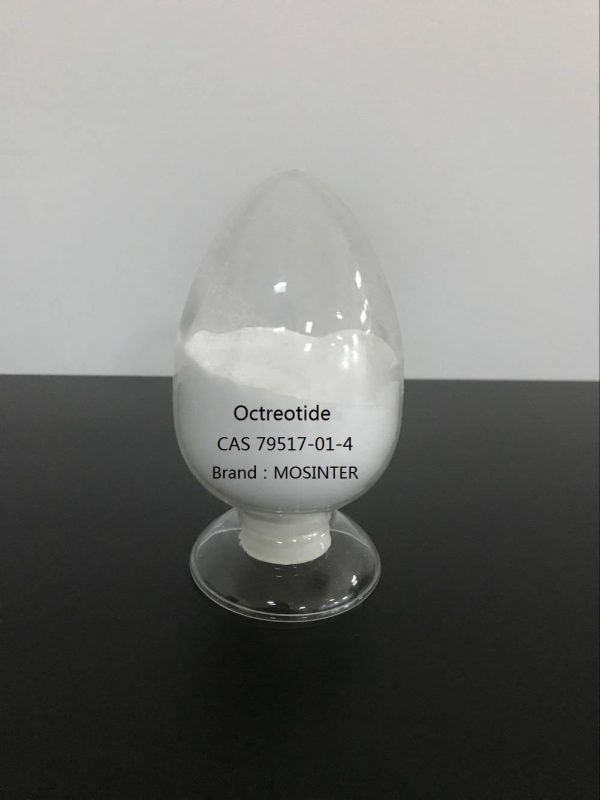
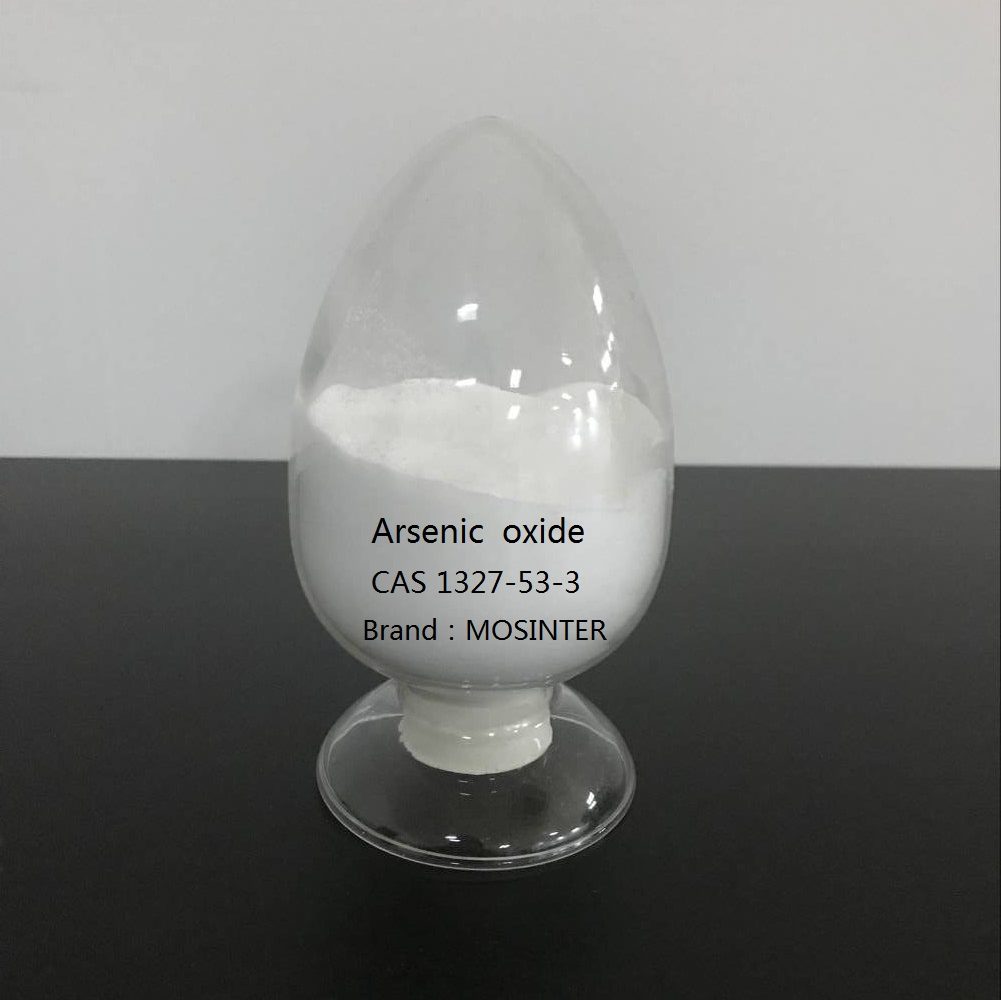
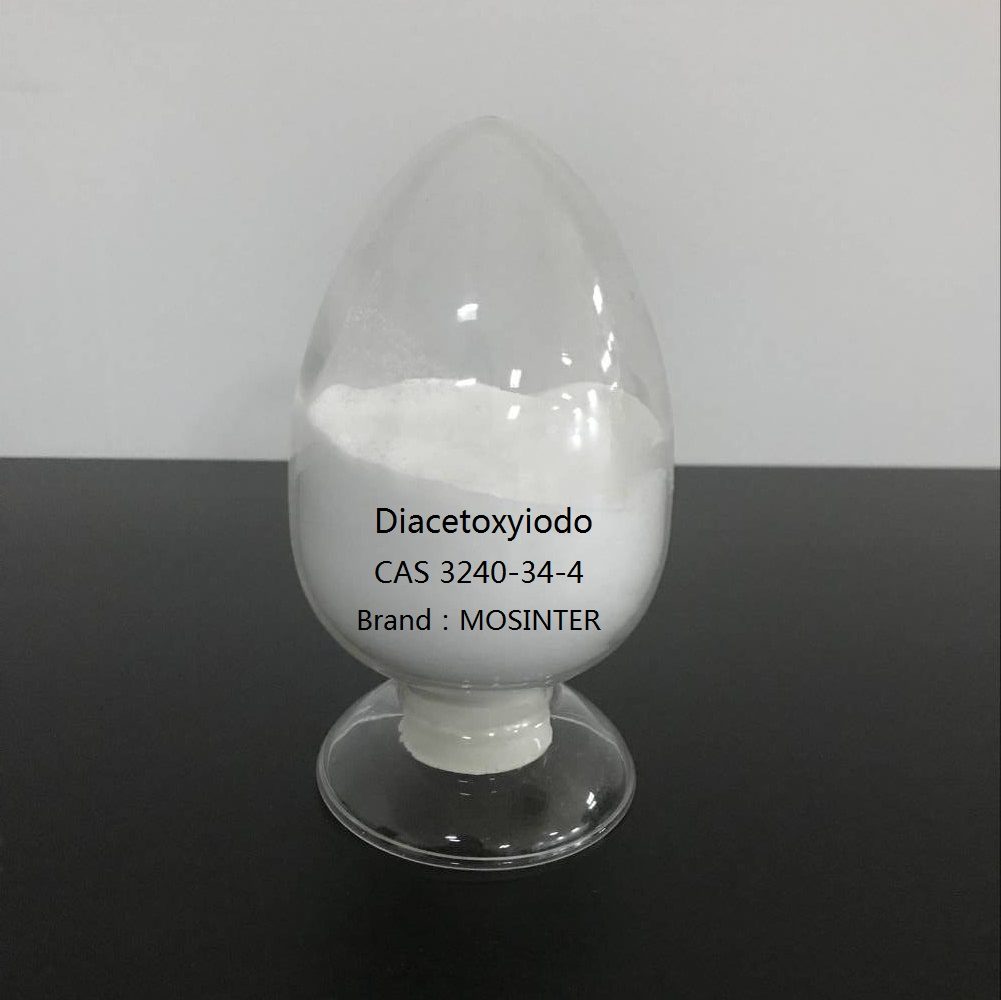
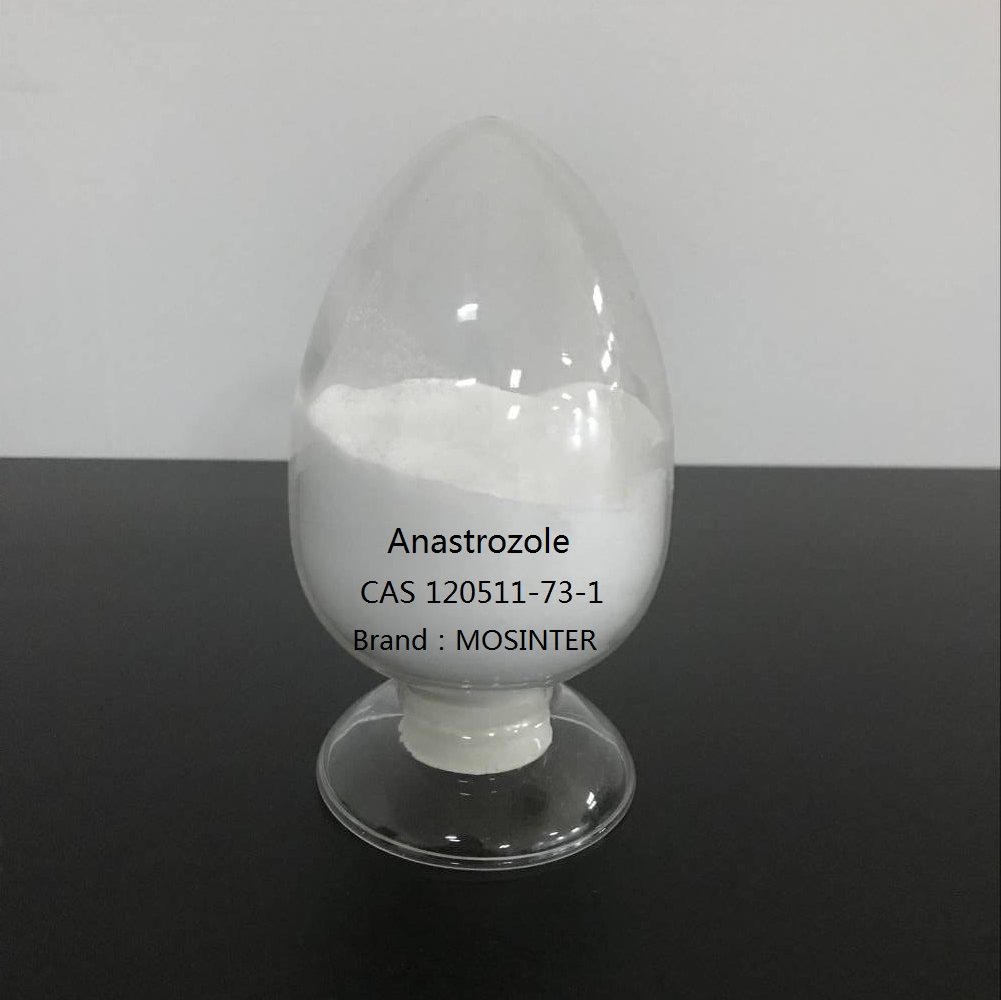
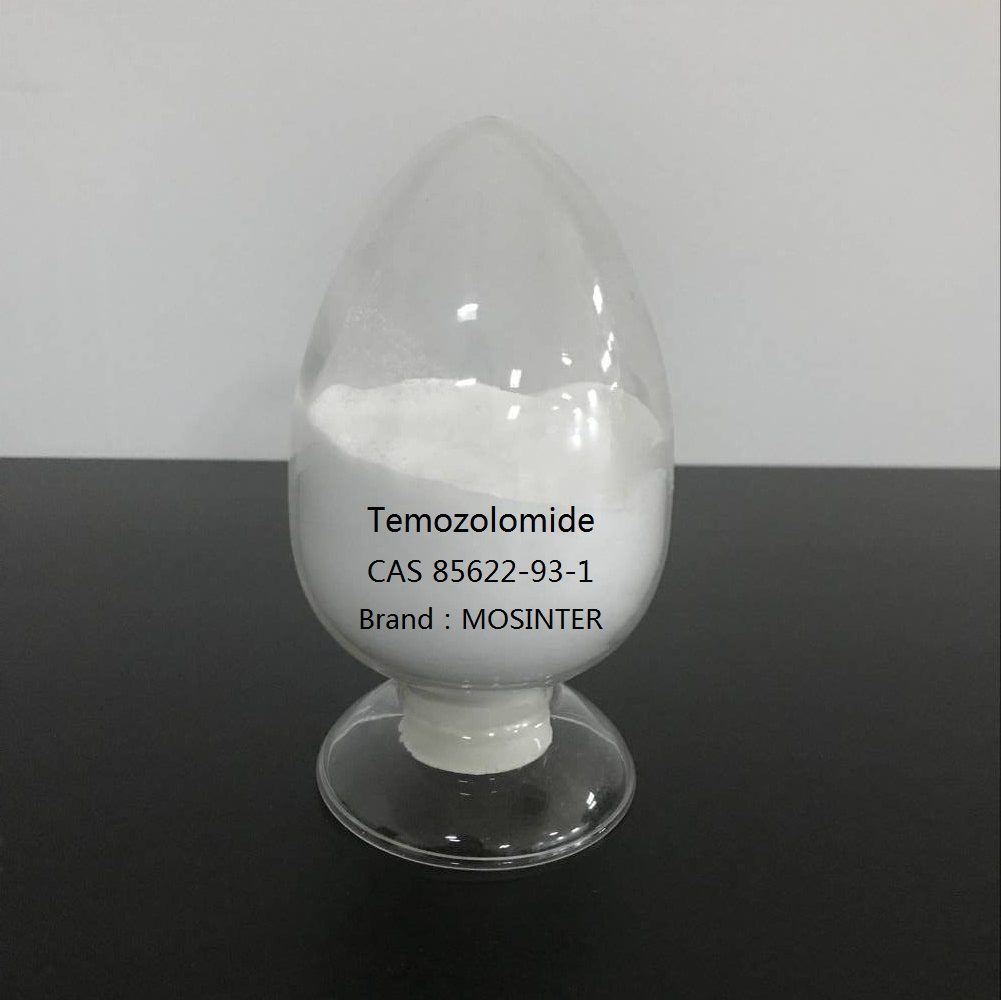
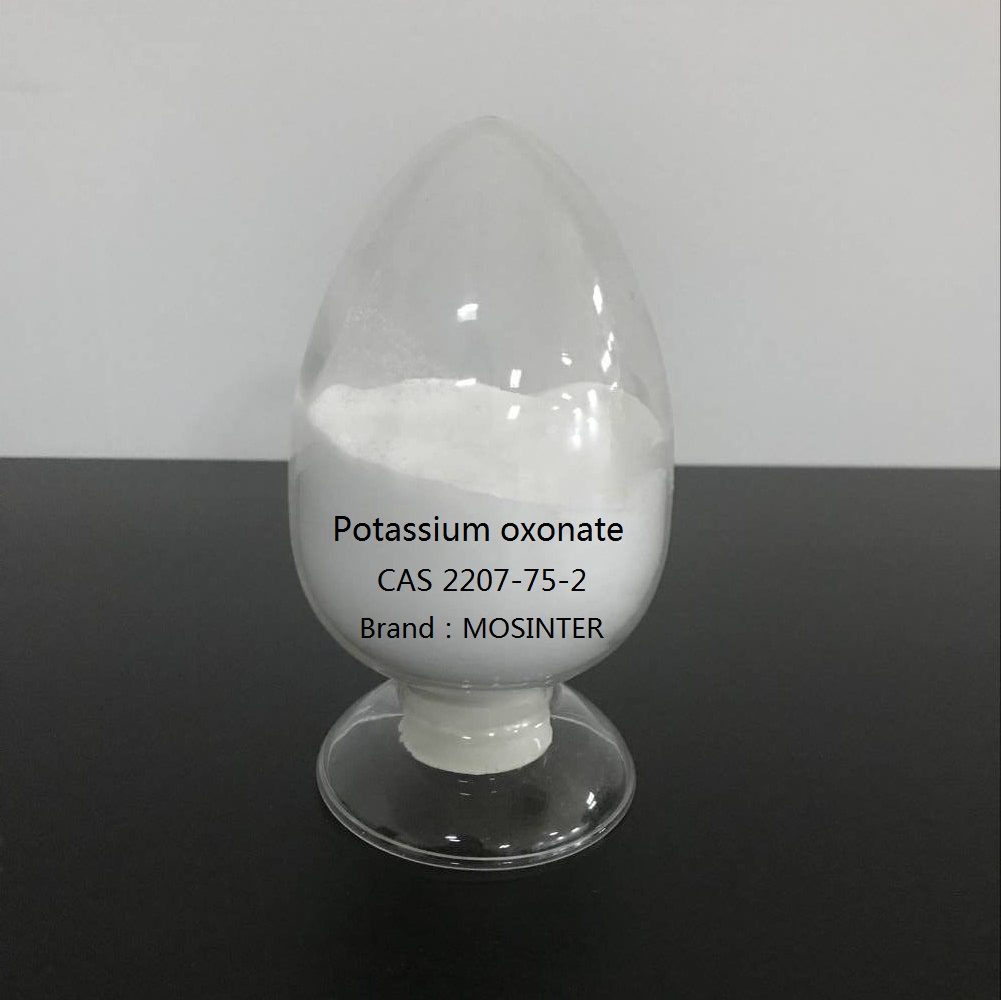
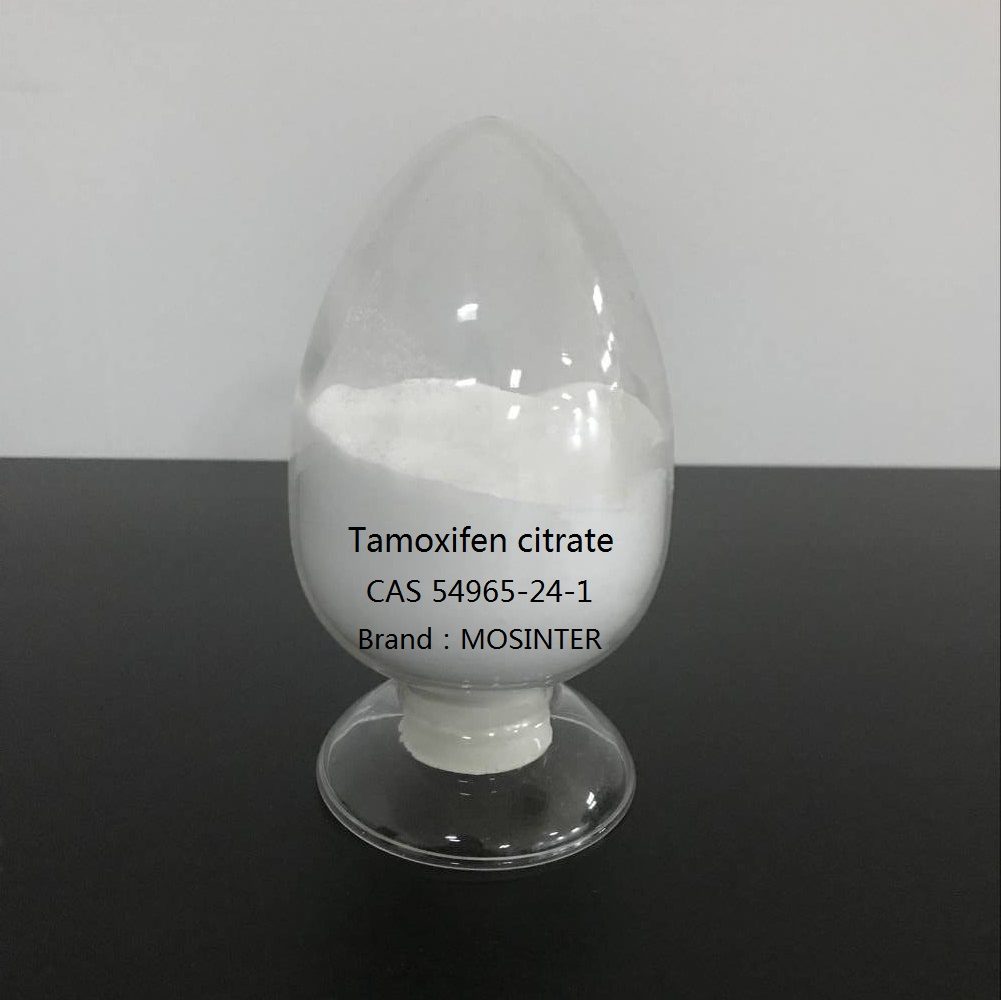
Reviews
There are no reviews yet.